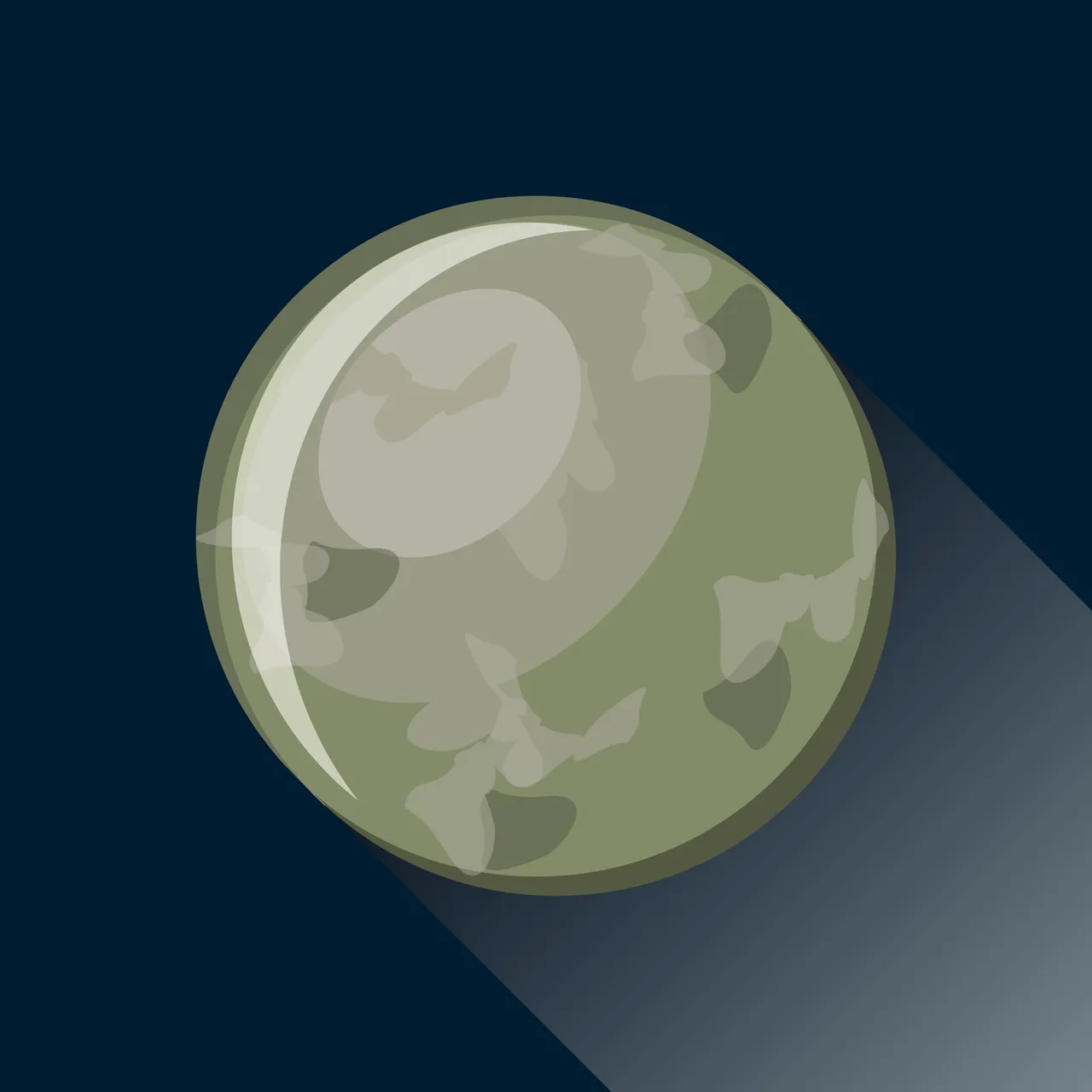
What sort of culture might arise from an Eyeball Planet? From the ring of liquid water temperature sandwiched between way too hot and way too cold? -- Anon Guest
Life... finds a way. It can exist in sunless, crushing depths. It can survive under thousands of Sidu[1] of ice. It can thrive in the substrate of irradiated soil, between the burning sun above and the toxic liquid below. It can even evolve in the confounding physics of Hyperspace, where the Xyrak'l come from. It laughs at terms like "goldilocks zone", so it definitely gets a chuckle out of Eyeball Planets.
Science theorises that no life could exist on one. Science is wrong. In the relatively thin band of temperatures between burning metal and frozen air, there is space enough for life. Someone with a telescope could, if they so wished, stand on the habitable edge of the hot side and see someone waving at them from the habitable edge of the cold zone.
Walking there might take the better part of a week, but it's still possible to do it. Life may find a way, but it is most definitely not Human. It might not even be anthropoid. Plants and animals alike have evolved to take advantage of the winds. When intelligent life arises, it arises in the shadow of such beasts. It, too, learns to adapt its environment for the best comfort.
Wind power is pretty big on Eyeball Planets.
Ice harvesters on the cold cliffs wear heavy insulation as they brave the face of the permaglaciers. They make a fortune from the deserts, where they grow exotic fruits that keep the ice harvesters healthy. In the middle, people ply trades according to the worth of the land. On the hotter side, people dig their homes out of the living rock to shelter from the unforgiving sun. Some, also in heavy insulation, risk their lives to mine for the molten metals on the sunny side of their world. They drain their finds into ingot moulds and send the results to cooler climes, where they can be shaped and rendered in much safer conditions.
They live and die by trade. They continue by co-operation.
It's therefore something of a shock when they discover that other worlds aren't at all like that. Just like the Thregesh, toddling along through neighbouring solar systems, were surprised to get a greeting from the wrong kind of planet[2].
Fortunately, the Thregesh were diplomatic enough not to greet their unexpected neighbours with, "Oh hello, our science says you should not exist." They witnessed the greeting and the incoming ship with curiosity worthy of a statistical outlier, and greeted them with, "Hail and well met, we have found many things. What have you to trade?"
This could have gone wrong in so many ways. Not every species is welcoming to newcomers. They met Humans, who are naturally inclined to pack-bond all over the place. They knew how to help species through the shocking knowledge that they too were Deathworlders, that no two origin planets were the same.
They also were able to warn the Thregesh that not all Human colonies were as friendly as they were. Some were definitely to be avoided. They were, after all, Deathworlders who had once thrived via competition. They were a vicious and greedy, warlike child-race.
They were also working on that.
Once a species has met with Humans, they're more or less prepared for anything else weird about the universe at large. With Humanity as a baseline, very little after that can shock you.
[1] Sidu - the verbal shorthand for SDU. The Galactic Alliance Standard Distance Unit. If you really want to know, it's within a handful of millimetres of a Terran Meter.
[2] This is, of course, a subjective evaluation. Every species is egocentric about the right kind of planet before they learn better.
[Image (c) Can Stock Photo / Inkoly]
If you like my stories, please Check out my blog and Follow me. Or share them with your friends!
Send me a prompt [80 remaining prompts!]